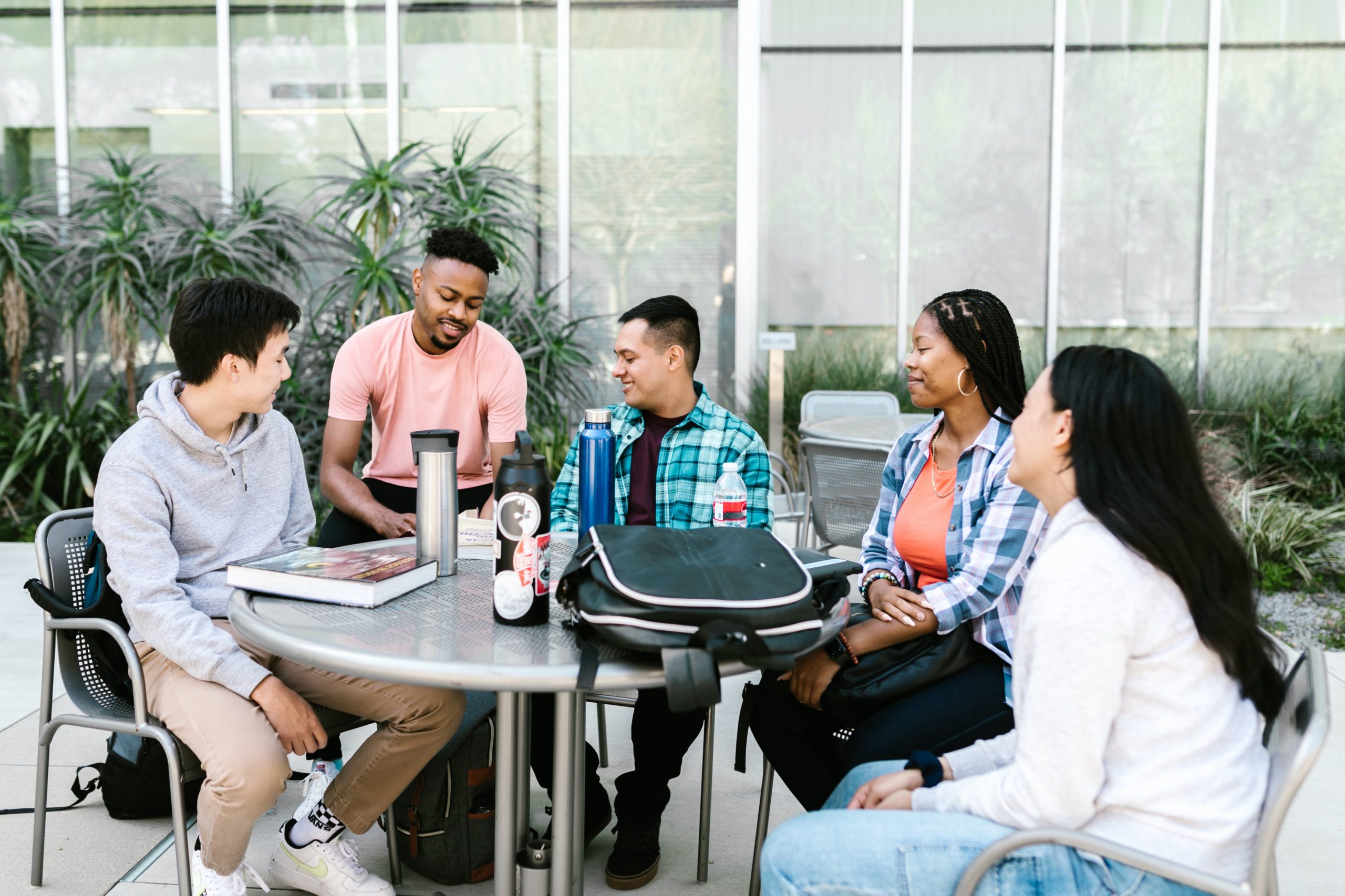Users of Every Learner Everywhere’s comprehensive resource library can access a new “quick collection” of student-centered learning resources.
The Student Care Resource collection includes (so far) 12 PDFs and videos with practical advice to college instructors on accounting for the health, experiences, perspectives, needs, and strengths of students. Like everything in the Every Learner Everywhere resource library, the collection is concerned with ensuring that digital learning in a variety of modalities is data informed and centers equity for Black, Latino, Indigenous, poverty-affected, and first-generation students. Most of the resources were developed by Every Learner’s network partners.
Accordingly, says Patricia O’Sullivan, Content Manager for Every Learner Everywhere, many of the resources prominently feature student voices. “The network partners creating these resources all began from different starting points, but a common approach was to communicate to faculty and administrators the stressors, barriers, and strengths that students have. The collection as a whole merges those student voices with research on digital learning and equity and the analysis and experience of equity-focused educators, and provides a comprehensive understanding of the potential of student-centered learning.”
Highlights from the collection
O’Sullivan points to one of the most recent resources — Caring for the Whole Student — as a summary of the student-centered perspective of all the previous work from the network. “That ties everything together and reflects what we learned from working with and listening to students the last few years in fellowship programs, student-led projects, and student panels at conferences,” she says
Another resource — the Caring for Students Playbook — is useful for classroom educators trying to take a broader institutional view of the student experience. “When you look at learning data, you’ll think about classroom or online teaching practices one way, but when you ask students about the barriers they face, they are anxious about a lot of issues from outside the classroom,” says O’Sullivan. “Student-centered faculty will think about how those affect the classroom and how they can collaborate with student affairs colleagues and others.”
Student mental health in the COVID-19 era
Many of the stressors and barriers to equity that minoritized, poverty-affected, and first-generation students face were thrown into relief by the COVID-19 pandemic and emergency shift to remote learning in the spring of 2020. But those barriers preceded the emergency and don’t necessarily go away as higher education learns to manage and live with the pandemic.
In fact, as online, remote, and hybrid learning formats become more common, they have the potential to exacerbate or amplify existing inequities if they just duplicate practices and policies that are not student centered. The resource collection reflects how Every Learner Everywhere network partners seek out data-informed strategies and methods for implementing digital learning in ways that close equity gaps rather than reproduce them.
O’Sullivan says that through the years the student care resources were developed, students referred to stressors such as financial insecurity, food and housing insecurity, caring for family members, the weight of student debt, health issues, political instability, racism, and gun violence.
“Students are bringing a lot of challenges to their mental health into the classroom, and COVID-19 vaccines address only a part of that,” she says. “They’re worried about an uncertain future. The experts on student-centered learning who contributed to these resources offer strategies for supporting students through difficult times to prevent dropping out of school.”
Doing better beyond the COVID-19 era
Some of the practical ways of centering student care that are recommended in the resource collection include coordinated mental health services, relaxing administrative fees that prevent students from registering for classes, and offering more courses in an online or hybrid format.
Other supports inside of classrooms include flexibility with assignment deadlines, allowing students multiple means of demonstrating mastery of course learning objectives, revising the syllabus to center student needs, and ensuring that course content is inclusive and aligned with the course learning objectives.
“There’s a strong desire on the part of people who work in higher ed to get back to normal,” says O’Sullivan. “But we have to remember that in the old normal a lot of student needs were ignored. The pandemic provides us an opportunity to learn and to commit to doing better in the future to put students at the center of our teaching practices and institutional policies.”
Elsewhere in the resource library
Every Learner Everywhere’s growing resource library is, at present, a collection of 96 PDFs and 119 videos. It supports faculty who seek help in designing and facilitating quality online instruction within inclusive digital learning environments. Topics include digital learning and courseware, effective teaching practices, implementing adaptive learning, and equity in higher education. The library can be searched by keyword or filtered by topic, discipline, role, institution types, and date.
It also includes two other quick collections of teaching continuity resources, and archives from REMOTE: The connected faculty summit 2022.
Explore the student-centered learning resources

